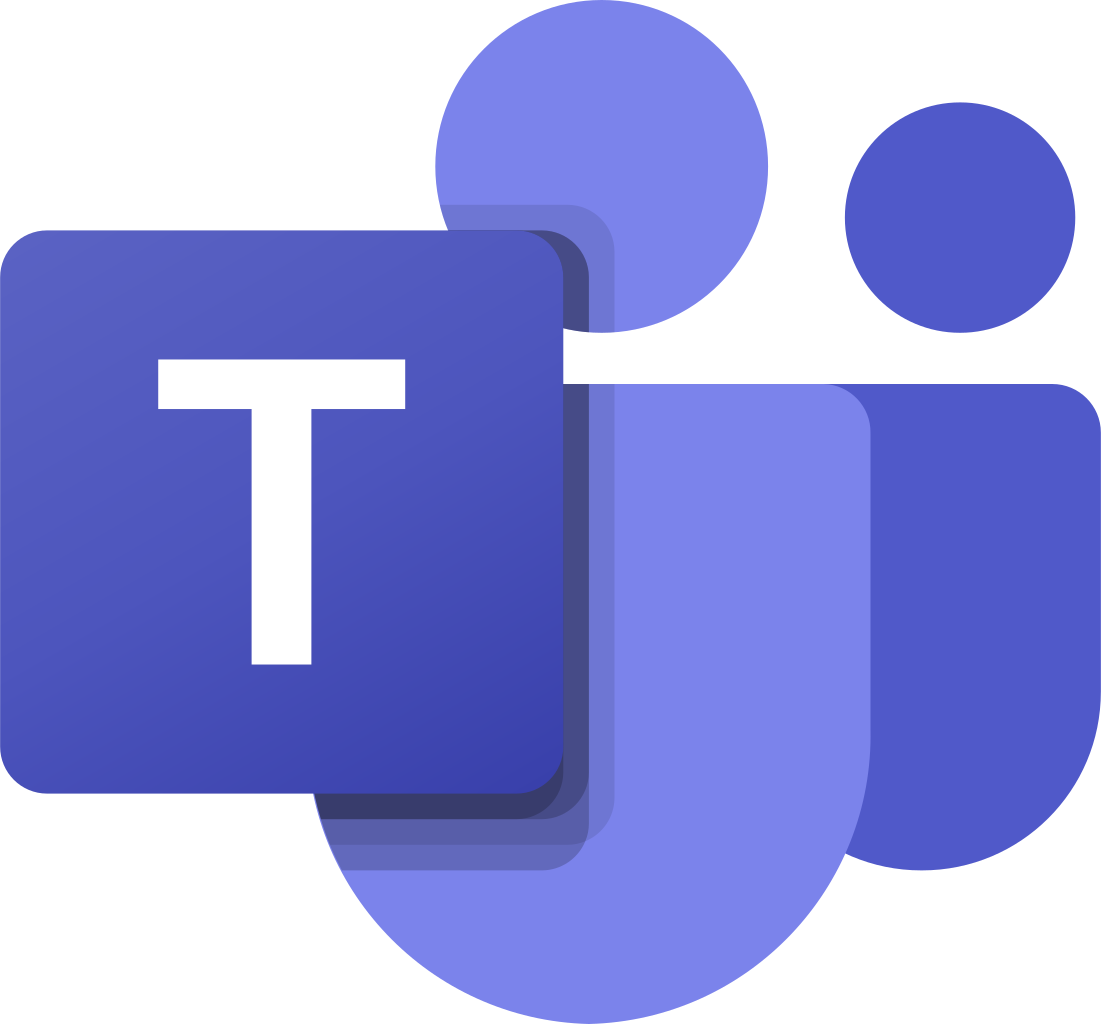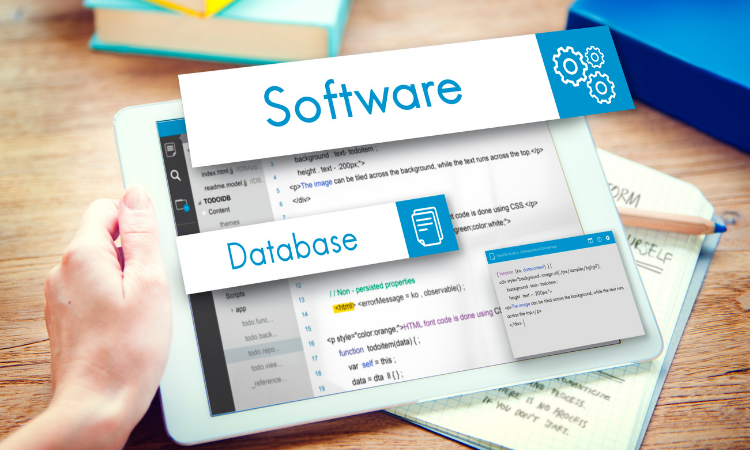According to Forbes, bad customer services make businesses lose $62 billion each year.
Measure Customer Satisfaction and Improve Customer Experience🔥
Create customized surveys and feedback forms and take real-time feedback from your customers at all touchpoints.

Apart from the growing competition, another compelling reason to adopt customer-centricity is that modern-day consumers are more vocal than ever. They don’t feel shy to share their opinions with the company; they voice their bad experiences on social media networking sites; they share stories with friends and colleagues. They no longer sit down and take it if they’ve had an unpleasant experience with a product or a service.
“Customer satisfaction is something that every business strives to achieve, and for good reason. It has been proven time and again that satisfied customers are likely to come back to your company again in the future. Satisfied customers also refer your business to their acquaintances, boosting your customer base exponentially.” says Stefan Batory, CEO at Booksy
How to Measure Customer Satisfaction?
Measuring Customer Satisfaction doesn't have to be a complicated or expensive process. It can be a straightforward process, if you know the right CSAT measurement techniques and how to incorporate them into your current strategy.
Let's have a close look at some of the most effective Customer Satisfaction Methods, which every organization should use to improve their CSAT scores that can help them create great CX memories:
Best Methods to Measure Customer Satisfaction
- Survey customers wherever they are (using the right channels)
- Use the right CX Metrics to measure Customer Satisfaction
- Analyze Customer Churn Rate
- Monitor Social Media
1. Survey customers wherever they are
To gauge customer sentiments accurately, we need to ask them about their experience. There is nothing more precise than the customers sharing what they feel about the company’s products or services and how they would rate the product on a given aspect.It can be done with the help of Customer Feedback Surveys. It’s one of the best practices to deploy the surveys on multiple channels to capture maximum insights. Make sure you provide consistent Customer Experience across all channels.
Some of the best channels are:
According to a study done by PWC shows that companies investing in the omnichannel experience have jumped from 20% to more than 80%.
The different types of surveys that you can conduct are:
- In-app Surveys: You can integrate these types of surveys on your website as a toolbar consisting of 1 or 2 questions. It has a high response rate and captures feedback, while the customers are still on your website. They can measure both NPS and CES metrics.
- Post-service Surveys: These types of surveys are sent after post customer support interaction to measure satisfaction levels. The best time to conduct these surveys is immediately after providing a service when the experience is still fresh in the mind of your customers.
- Email Surveys: If you want to capture the comprehensive insights about the overall customer experience, then email surveys are the best option available. Although they have low response rates, they give your customers the liberty to complete them at their own convenience.
- SMS Surveys: It’s one of the quickest and effective ways to share a survey with your customers. It’s also an inexpensive way to reach a wide range of customers. You can share a survey link via text SMS.
2. Use the right CX Metrics to measure Customer Satisfaction
Gathering feedback can help you determine your happy and unhappy customers. But you can't determine and improve your satisfaction and loyalty scores till the time you don't measure it. Moreover, If you don’t take proper action on time, then the probability is high that you will lose your customers. To ensure they get the best experience and don't churn, it's critical to track Customer Satisfaction metrics at frequent intervals.
A combined study done by Adobe and Econsultancy shows that companies that prioritize and effectively manage Customer Experience are 3 times more likely to exceed their business goals as compared to their peers.
Most Commonly used Customer Satisfaction Metrics
- NPS (Net Promoter Score)
- CSAT (Customer Satisfaction Score)
- CES (Customer Effort Score)
NPS (Net Promoter Score)
It’s the most commonly used metric to measure Customer Loyalty. It measures how likely the customer will promote the products/services/company to their friend and family. NPS surveys are short and generally consist of a single rating based question. But, you can customize it and add a follow-up question to capture in-depth insights and know the exact reasons behind your customer’s satisfaction or dissatisfaction. They can be sent during any stage of the customer lifecycle.
Uses Cases of NPS:
- After a customer buys a product subscription
- When a customer contacts the support team
- When a user performs any action on the website
To know more, check out this informative NPS Guide.
CSAT (Customer Satisfaction Score)
It’s another important CX metric that measures Customer Satisfaction. The main objective of CSAT is to determine how much your consumers are satisfied with your products, services, or company. These satisfaction surveys can have multiple questions consisting of both open-ended and close-ended questions. A higher CSAT score indicates a higher level of satisfaction.
Use Cases of CSAT:
- After a customer completes an onboarding process
- After a patient discharge from the hospital
- After a customer check out from a hotel
Customer Effort Score (CES)
The CES is a metric that measures user experience with a product or service. It works on a 7-point scale concept and focuses on how much effort they have to put into getting their issues resolved. Customer Effort Score Surveys consist of a single question, where customers can rate their experience from the answer choices “Very Difficult” to “Very Easy.” Lower CES scores are always good for your business.
Uses Cases of CES:
- After a customer finishes reading a knowledge base article
- After closing a support ticket
- After a customer care call
Read More: Why you need Customer Effort Score?
3. Analyze Customer Churn Rate
Customer Churn Rate stands for the percentage of consumers who stopped using product/services over a period of time. It helps you understand what made your loyal customers stopped using your product/services, which plays a crucial part in the sustainability of any business. If you make a comparison between total numbers of unique customer responses against the number of customers that left, you will get a fair idea of customers who left without giving any feedback.
For example, for a SaaS-based company, the following events will constitute a churn:
- Cancellation of an ongoing subscription
- Closure of a membership account
- Non-renewal of a paid plan
4. Monitor Social Media
Social media networking platforms are one of the best medium to reach your customers, engage with them, and address their issues. Evaluating Customer Satisfaction by monitoring social media helps businesses to improve their products and services. It will further help in enhancing and providing exceptional customer service, which is essential in building customer loyalty.
According to Statista, nearly 50% of the world’s population uses social media. That’s more than 3 million users worldwide.
Importance of Social Media Listening
- Use it for improvements and new product development
- Use it to find out what bothers your customers
- Use it to measure customer satisfaction and dissatisfaction
- Use it to retain your customers
Wrapping up
Any business can’t improve their CSAT scores unless they know where they stand. Measuring Customer Satisfaction helps businesses to determine and analyze their current situation and take adequate measures to bridge the gap between their customer’s needs and expectations. Optimizing Consumer Satisfaction is the best investment any company can make.
Learn more about the Customer Satisfaction
- Top 5 Benefits of Customer Satisfaction
- 5 Actionable Ways to Improve Customer Satisfaction
- What is Customer Satisfaction?
- How to Close Feedback Loop to Improve Customer Satisfaction?
- 7 Reasons Why Customer Satisfaction Drives Better Results
- 4 Metrics You Need To Track to Measure Customer Satisfaction & Loyalty

 MS Teams
MS Teams












